From the Rev: Story of the Scarf
 There is a unique activity that happens in a football (soccer) match as the supporters or fans of a particular club or team will stand and raise scarves that bear their team’s colors and emblems. The practice, begun in the early 1900’s in England, was a way of showing team spirit and support in the midst of cold weather. English fans would stand, raise their scarves, sing songs and anthems about their teams and show support in this unified way. The practice has migrated not only to the US, but really worldwide as teams today in climates hot and cold, produce team scarves as a way for fans to show their loyalty. Scarves can vary – but the most traditional forms feature alternating team color stripes. Some feature team crests or logos as well as names. Some scarves are made for special fixtures or games. And other scarves even have player pictures and likenesses.
There is a unique activity that happens in a football (soccer) match as the supporters or fans of a particular club or team will stand and raise scarves that bear their team’s colors and emblems. The practice, begun in the early 1900’s in England, was a way of showing team spirit and support in the midst of cold weather. English fans would stand, raise their scarves, sing songs and anthems about their teams and show support in this unified way. The practice has migrated not only to the US, but really worldwide as teams today in climates hot and cold, produce team scarves as a way for fans to show their loyalty. Scarves can vary – but the most traditional forms feature alternating team color stripes. Some feature team crests or logos as well as names. Some scarves are made for special fixtures or games. And other scarves even have player pictures and likenesses.

While many may be familiar with the history of the scarf, the tradition might have even a longer reaching history than 20th century England. In ancient times, there were several ways that a person might physically and tangibly demonstrate that they were in a covenant relationship with someone, especially with God. The similarities between these ancient practices and the raising of the scarf are amazing to consider.
 For example, one ancient act for demonstrating a covenant relationship was the exchange of coats. Here, two individuals would exchange their cloaks which were the symbol of their identity with a particular tribe or group of people. The dyes, colors, and patterns would have been common amongst those people and so when the two exchanged the cloaks it was a way to signify that each was accepting, embracing, adopting the identity of the other. It was a sign of solidarity, a sign of commitment. This is perhaps best illustrated by the exchange of jerseys that occurs after a match, but the supporters and fans also participate in this show of commitment. The wearing of team colors – whether shirts or scarves – are a way of trading their own, personal identity for the identity of the team.
For example, one ancient act for demonstrating a covenant relationship was the exchange of coats. Here, two individuals would exchange their cloaks which were the symbol of their identity with a particular tribe or group of people. The dyes, colors, and patterns would have been common amongst those people and so when the two exchanged the cloaks it was a way to signify that each was accepting, embracing, adopting the identity of the other. It was a sign of solidarity, a sign of commitment. This is perhaps best illustrated by the exchange of jerseys that occurs after a match, but the supporters and fans also participate in this show of commitment. The wearing of team colors – whether shirts or scarves – are a way of trading their own, personal identity for the identity of the team.
 Another ancient tradition in covenantal relationship is the exchange of names. Here, an individual also takes on another identity. In ancient Hebrew tradition, the name for God was often added to the name of an individual who embraced or believed in God. For example, Abram becomes Abraham and Sarai becomes Sarah as they enter into covenant relationship with God. It is not uncommon to hear supporters in the stands declaring that they are part of the team, that they are one with the players that are out on the field. The scarf is an item that also becomes an adoption of a unique name that unifies individuals into a common people.
Another ancient tradition in covenantal relationship is the exchange of names. Here, an individual also takes on another identity. In ancient Hebrew tradition, the name for God was often added to the name of an individual who embraced or believed in God. For example, Abram becomes Abraham and Sarai becomes Sarah as they enter into covenant relationship with God. It is not uncommon to hear supporters in the stands declaring that they are part of the team, that they are one with the players that are out on the field. The scarf is an item that also becomes an adoption of a unique name that unifies individuals into a common people.
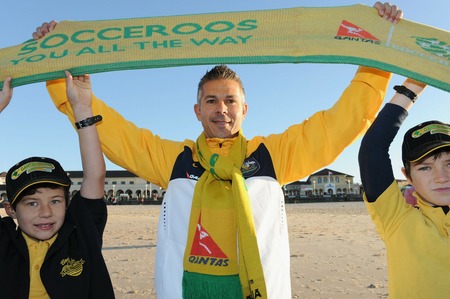 But perhaps the most telling ancient tradition that most closely represents the tradition of the scarf is the covenant cut. In ancient times, two people making a blood covenant, would make a cut on the wrist. They would then shake hands and let the blood co-mingle representing that two lives were becoming one. As time passed, the way that one would identify people of the covenant would be with the raise of the hand which revealed the scar. This is where the practice of waving the hand and exposing the wrist in greeting and also in oath-taking may have evolved from.
But perhaps the most telling ancient tradition that most closely represents the tradition of the scarf is the covenant cut. In ancient times, two people making a blood covenant, would make a cut on the wrist. They would then shake hands and let the blood co-mingle representing that two lives were becoming one. As time passed, the way that one would identify people of the covenant would be with the raise of the hand which revealed the scar. This is where the practice of waving the hand and exposing the wrist in greeting and also in oath-taking may have evolved from.
So, the next time you take in a soccer game and see the supporters scarves raised in a wall of support consider the testimony that is behind that activity and consider the long history behind that – it is a history that includes the action and activity of a God looking to enter into relationship with his people. It is the work of people of promise, of people of the covenant, people that identify with God and God identifies with them, too.
Blessings,

Rev. Brad Kenney

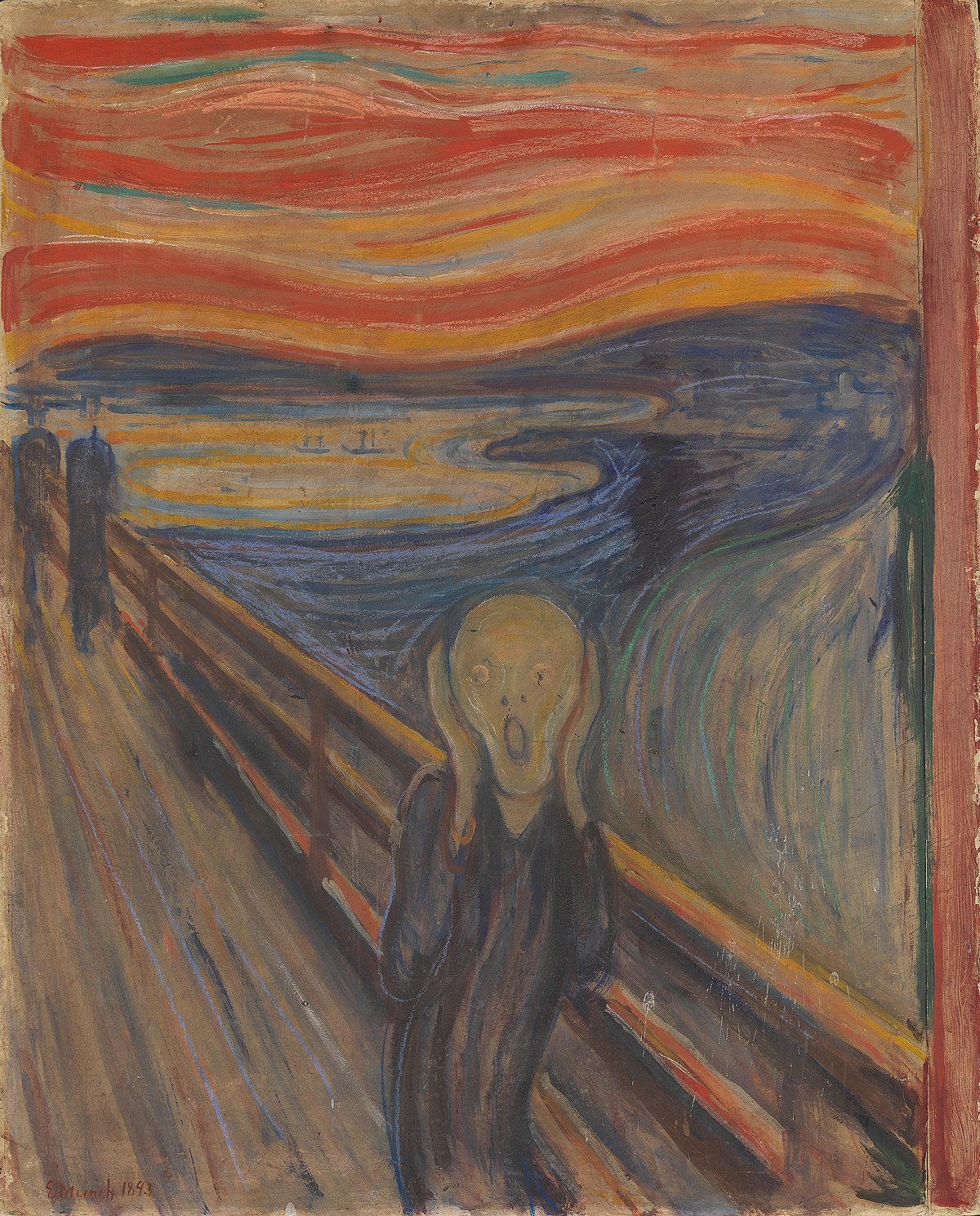
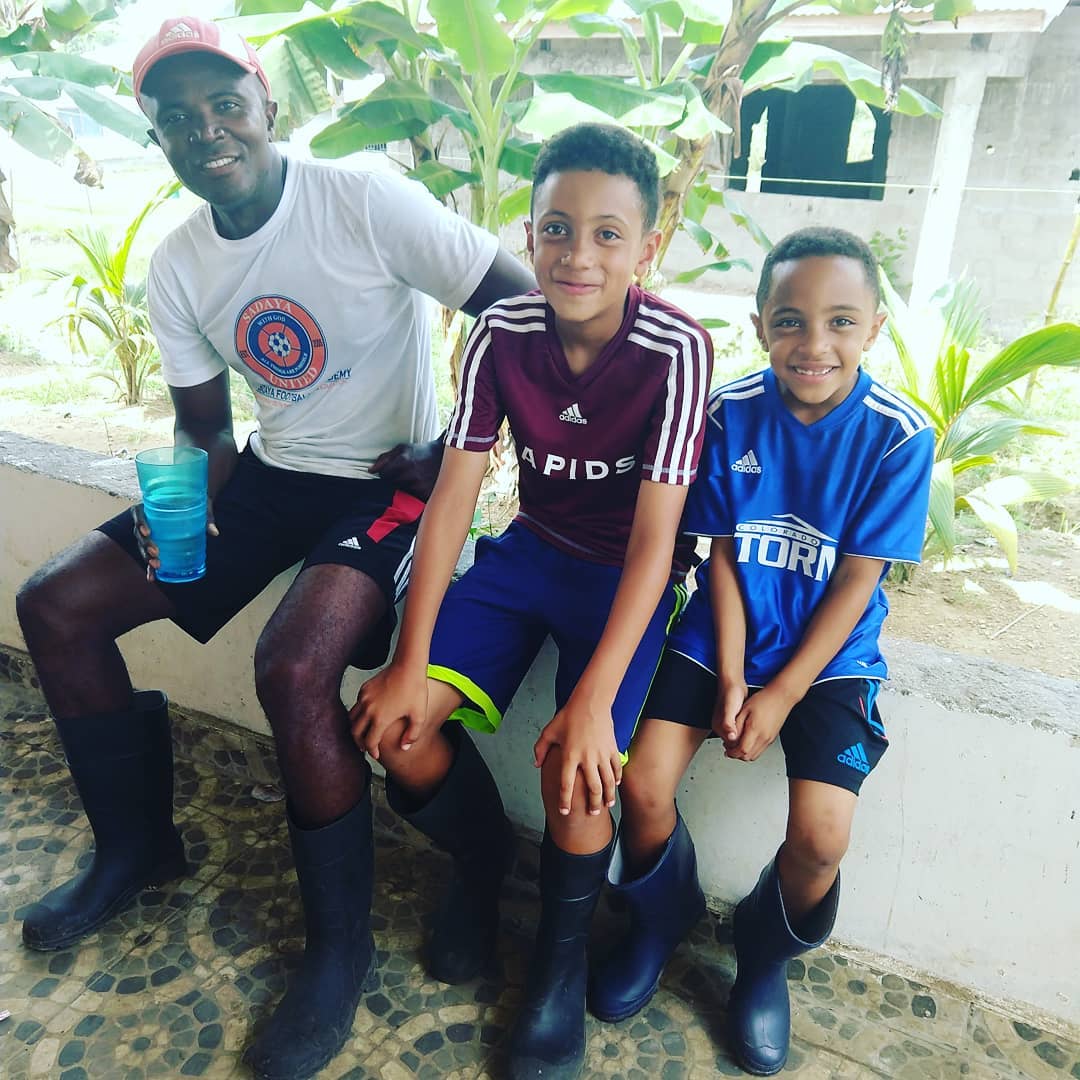
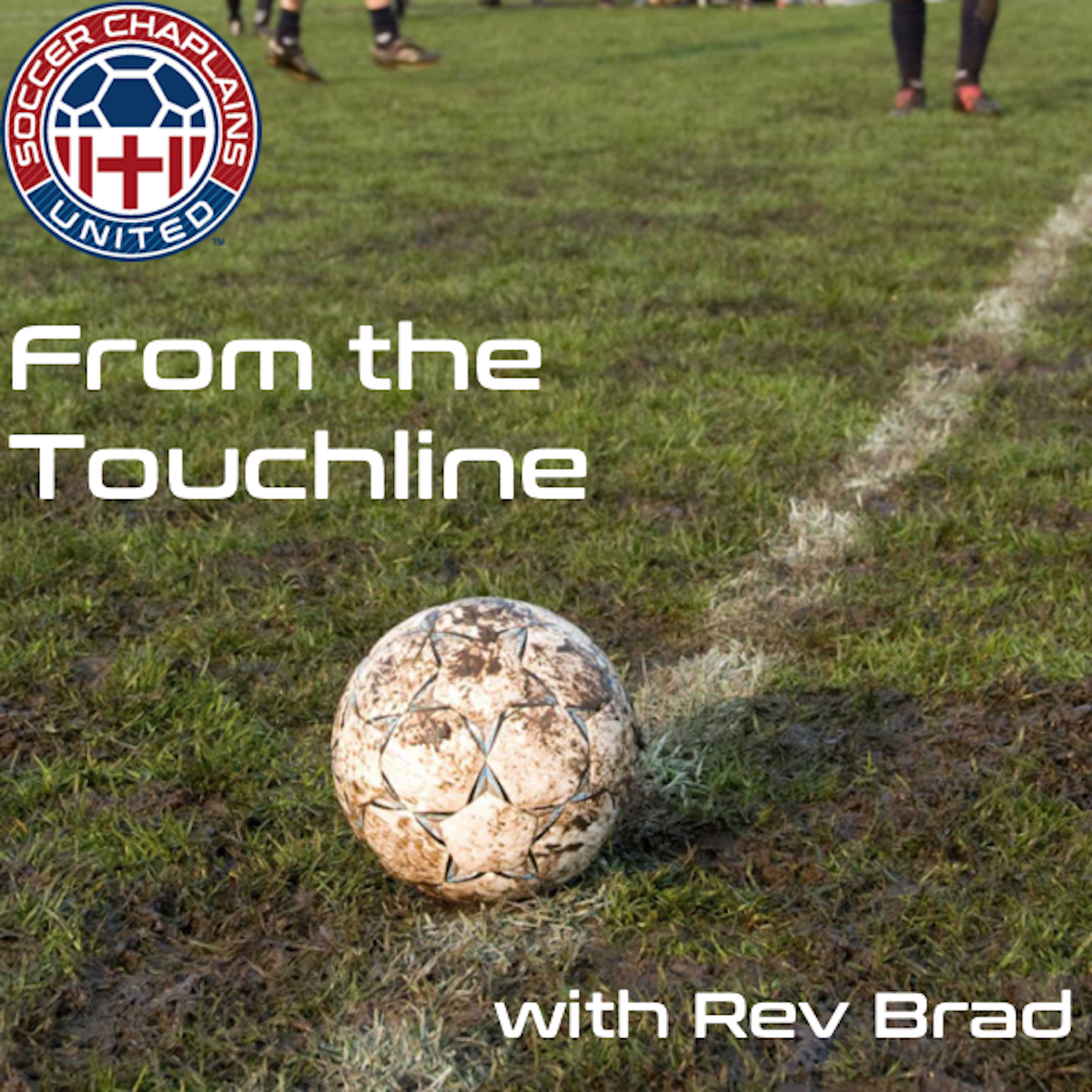
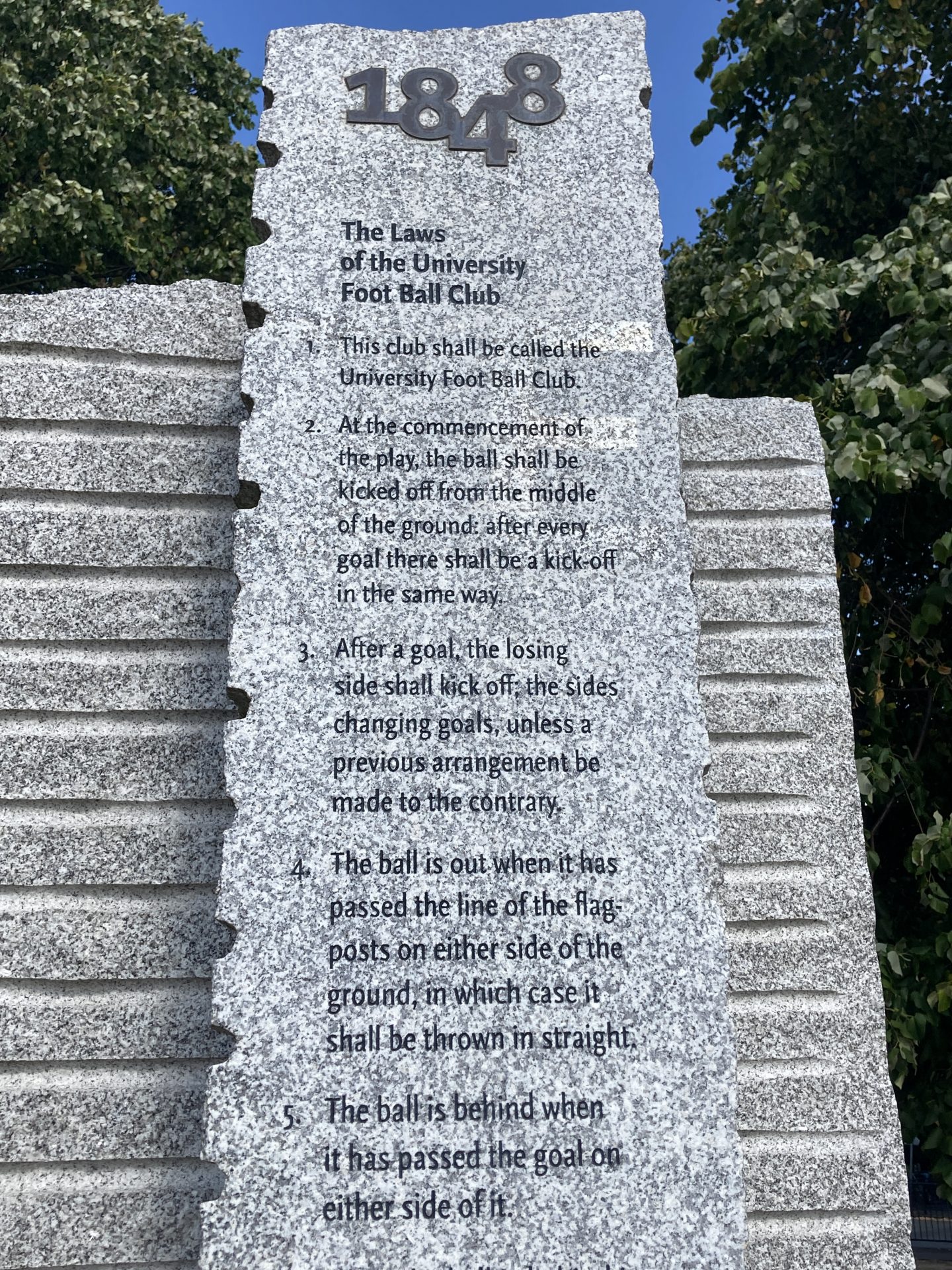



Leave a Reply
Want to join the discussion?Feel free to contribute!